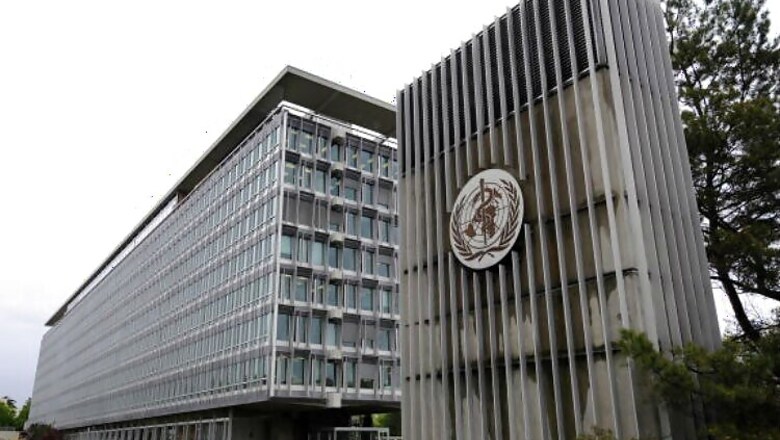
views
New Delhi: Nearly 7,400 newborns die every day in the WHO South-East Asia Region (SEARO) causing untold misery to mothers and families.
Two-thirds of these deaths can be prevented by adopting proven and cost-effective measures, World Health Organization (WHO) on Monday said seeking focused efforts by governments and partners to prevent newborn deaths with a sense of urgency.
The WHO South East Asia Region has 11 member countries, including Bangladesh, Bhutan, Democratic People's Republic of Korea, India, Indonesia, Maldives, Myanmar, Nepal, Sri Lanka, Thailand and Timor-Leste.
"Scaling up interventions with good quality care around the time of childbirth and during the first days after birth can substantially prevent complications and infections in new-borns, which are the main causes of newborn deaths,"
Dr Poonam Khetrapal Singh, Regional Director for WHO South-East Asia Region, said here as health partners signed a pledge to reduce newborn deaths.
WHO, UNICEF, UNFPA, World Bank, UNAIDS and UNWOMEN pledged to jointly support the countries in the Region to prioritize accelerated reduction in newborn deaths by ensuring equitable access to essential life-saving interventions for mothers and babies.
Singh noted that each preventable death should be accounted for and countries should review maternal and newborn deaths to improve health services to prevent such deaths in future. "Focused efforts should be made to increase the health workforce - doctors, nurses and specially midwives - which remains critically low in many countries of the Region, below the WHO recommended 23 per 10,000 population," she said.
Singh said that the Region made significant progress in reducing deaths among children under the age of five years, as part of efforts under the Millennium Development Goals. The under five deaths dropped by 64 per cent from 118/1000 live births in 1990 to 43/1000 live births in 2015.
However, the reduction in newborn deaths was slower in comparison, at 55 per cent during the same period - i.e. from 53/1000 live births in 1990 to 34/1000 live births in 2015.




















Comments
0 comment